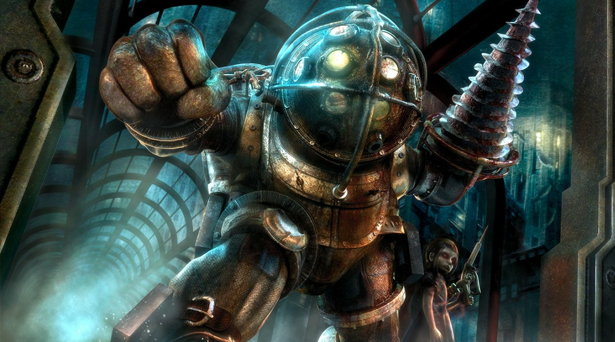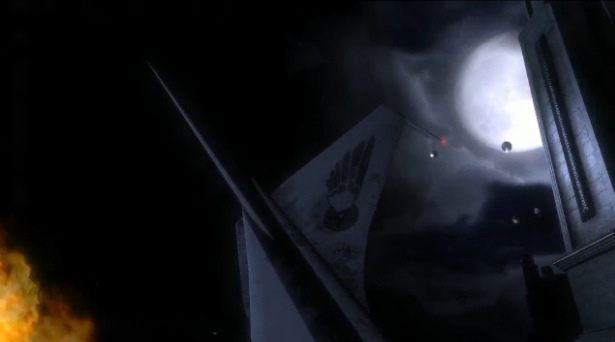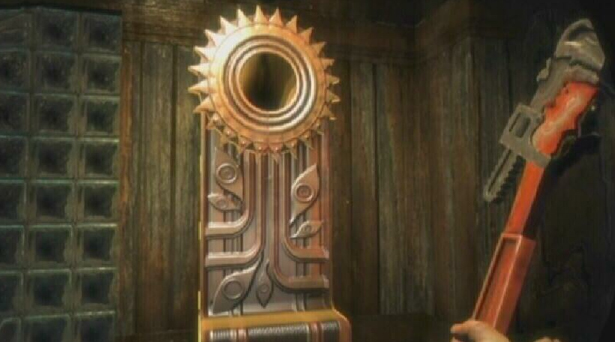BioShock, a 2007 first-person shooter developed by 2K Boston (now Irrational Games), was a landmark event in gaming thanks to its beautiful setting (Rapture, an underwater city with an art deco design). Players still point to the title as a prime example of games as art.
JP LeBreton, who worked as a designer on BioShock (who now works for Double Fine, a developer famous for humorous, quirky games), recently played through a few hours of the atmospheric title with the guys from Idle Thumbs, a gaming-based podcast, to offer commentary and insight into the development of the popular shooter. Below are just some of the interesting nuggets that LeBetron offered during the video.
- The voice of the protagonist (who only speaks at the very beginning and end of the game) is Nate Wells, an Irrational Games employee who helped design the Big Daddies, the iconic, scuba-diver-esque monsters from the series. He’s also the art director for BioShock Infinite, the upcoming spiritual successor to BioShock.
- During the opening sequence, you can see a plane sinking into the ocean. According to LeBreton, an homage to the logo on the tail section of the aircraft may show up in a future game from Steve Gaynor, an ex-Irrational Games member who has founded his own studio, The Fullbright Company. The independent company’s first project is Gone Home, another first-person game that is currently shrouded in mystery.
- Atlas, the character who guides the player via radio through much of BioShock, originally had a southern accent up until January of 2007 (the game launched later that year). Testers responded negatively to his Colonel Sanders-like voice. Ken Levine, the title’s director, recast him afterward — this time opting for an Irish accent.
- Early in development, BioShock originally took place on a space station, making the title even more of a spiritual successor to System Shock 2, a sci-fi first-person shooter (also created by Ken Levine) with many of the role-playing elements later found in BioShock. The setting was changed to an island run by a cult and then to an underwater Nazi base where human expirements had gone horribly wrong before finally turning into the Rapture we all know today.
- Corpses can take a lot of processing power to render, so some will turn into lock boxes (only when the player looks away) if too many lifeless bodies are in an area. This keeps the goodies that you can loot off of the dead intact.
- The developers designed the vents that Little Sisters (corrupted children who gather a valuable resource in Rapture called Adam) use to look like sunflowers. Little Sisters were originally slugs back when the title took place in an underwater Nazi base.
- In the final game, players have the choice to save Little Sisters or harvest their Adam (which kills the girls). At one point, the decision to keep Little Sisters alive was not in the title. The developers added it to offer a moral dilemma.
- The faces of the splicers, the main force of enemies who inhabit Rapture, were based off of mugshot photos from San Francisco in the 1940s. Irrational Games found a book with these pictures on Ebay.
VentureBeat's mission is to be a digital town square for technical decision-makers to gain knowledge about transformative enterprise technology and transact. Learn More




